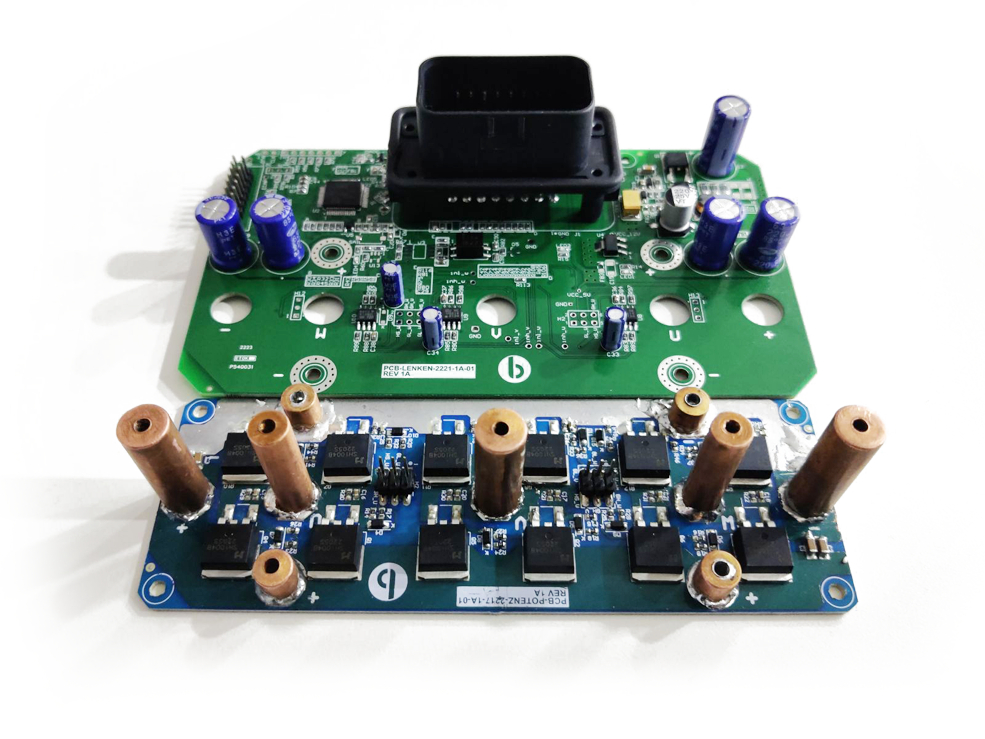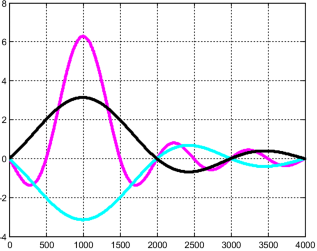In the realm of electric vehicles, the motor controller stands as the second most crucial component in the complete powertrain, following closely behind the battery. Its significance lies in the necessity for tuning, ensuring compatibility with various motors, applications, types of vehicles, and employing diverse control algorithms.




"The Motor Protection feature serves as a crucial mechanism to prevent internal faults and safeguard the electrical motor from potential damage. In Bacancy's EV Motor Controller, we prioritize safety with robust features including protection against under-voltage, over-voltage, over-current, and short circuits. Our commitment to reliability ensures that your electric vehicle operates with optimal efficiency and longevity."








"Bacancy's Motor Controller boasts intelligence through effective communication protocols, offering easy accessibility. With a built-in CAN interface, our controller seamlessly integrates with existing Vehicle Control Units (VCU) or other external systems. This interface empowers users to access comprehensive data, including running parameters, speed, alarms, errors, and more, providing a user-friendly and efficient control experience."
"Bacancy's Motor Controller leverages the efficiency of Field Oriented Control (FOC), an optimal speed control mechanism for Brushless DC motors. Distinguished by its similarity to sinusoidal commutation, FOC incorporates specific mathematical modifications. Our motor controller is meticulously designed, employing FOC alongside a sinusoidal algorithm to ensure peak performance and efficiency. The implementation of these algorithms is geared towards minimizing torque ripple, thereby delivering a smoother riding experience for users."



